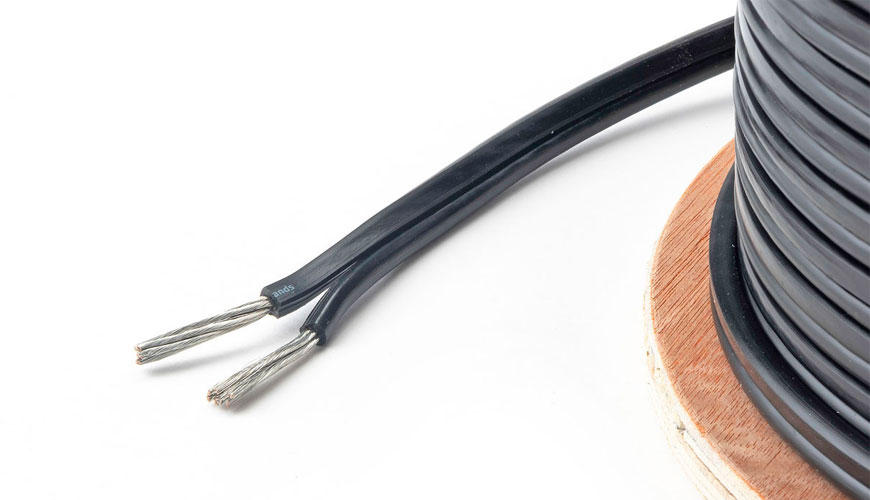

The IEC 60093 standard covers procedures for determining the volume and surface resistance of electrical insulating materials and calculations for determining the volume and surface resistance of a solid. The document contains some editorial errors as well as inaccuracies regarding the content that require revision.

Both volume resistance and surface resistance tests are affected by the following factors; the magnitude and duration of voltage application, the structure and geometry of the electrodes, and the temperature and humidity of the ambient atmosphere and samples during conditioning and measurement. Suggestions have been made for these factors.
The division of the direct voltage applied between two electrodes placed on the two faces (opposite) of a sample and the steady-state current between the electrodes excludes current across the surface and neglects possible polarization events at the electrodes.
The division of a dc electric field strength and steady-state current density in an insulating material is practically taken as the reduction of the volume resistance to cubic unit volume.
Insulating materials are generally used to isolate the components of an electrical system from each other and from the ground; solid insulating materials can also provide mechanical support. For these purposes, it is generally desirable to have as high insulation resistance as possible, consistent with acceptable mechanical, chemical and heat resistant properties. While the surface resistivity changes very rapidly with humidity, the volume resistivity changes only slowly, although the final change is greater.
The bulk resistivity can be used as an aid in the selection of insulation material for a particular application. The variation of resistance with temperature and humidity can be large and must be known when designing for operating conditions. Volume resistivity measurements are often used to check the uniformity of an insulating material, either related to processing or to detect conductive impurities that affect the quality of the material and are not easily detected by other means.
When a voltage is applied directly between a sample and electrodes in contact, the current through it decreases asymptotically towards the steady state value. The decrease in current with time may be due to dielectric polarization and scavenging of mobile ions to the electrodes. For materials with a volume resistivity of less than about 1010 7 m (1012 7 cm), the steady state is generally reached within 1 minute, and then the resistance is determined after this electrification time.
For materials with higher volume resistivity, the current may continue to decrease for several minutes, hours, days, or even weeks. Therefore, longer electrification times are used for such materials and, if relevant, the material is characterized by a time dependence of the volume resistivity.
Surface resistance or surface conductivity cannot be measured accurately, but only approximately, because volumetric conductivity is almost always involved in the measurement. The measured value is largely a property of contamination of the surface of the sample during measurement. However, the permeability of the sample affects the deposition of pollutants and their conductivity is affected by the surface properties of the sample. Therefore, surface resistivity is not a material property in the usual sense, but can be considered to be related to material properties in the case of contamination.
Some materials, such as laminates, can have quite different resistivities in the surface layer and in the interior. It may therefore be of interest to measure the intrinsic property of a clean surface. Cleaning procedures aimed at producing consistent results should be fully specified, taking into account the potential impact of solvents and other factors of the cleaning procedure on surface properties.
The surface resistivity, particularly when it is high, often varies chaotically and is generally highly dependent on the electrification time; 1 minute electrification is usually specified for measurements.
Our organization, among numerous test, measurement, analysis and evaluation studies, provides testing services for IEC 60093 Solid Electrical Insulation Materials for Volume Resistance and Surface Resistance, within the framework of national and international standards, with its trained and expert staff and advanced technological equipment. .
To get an appointment, to get more detailed information or to request an evaluation, you can ask us to fill in our form and reach you.